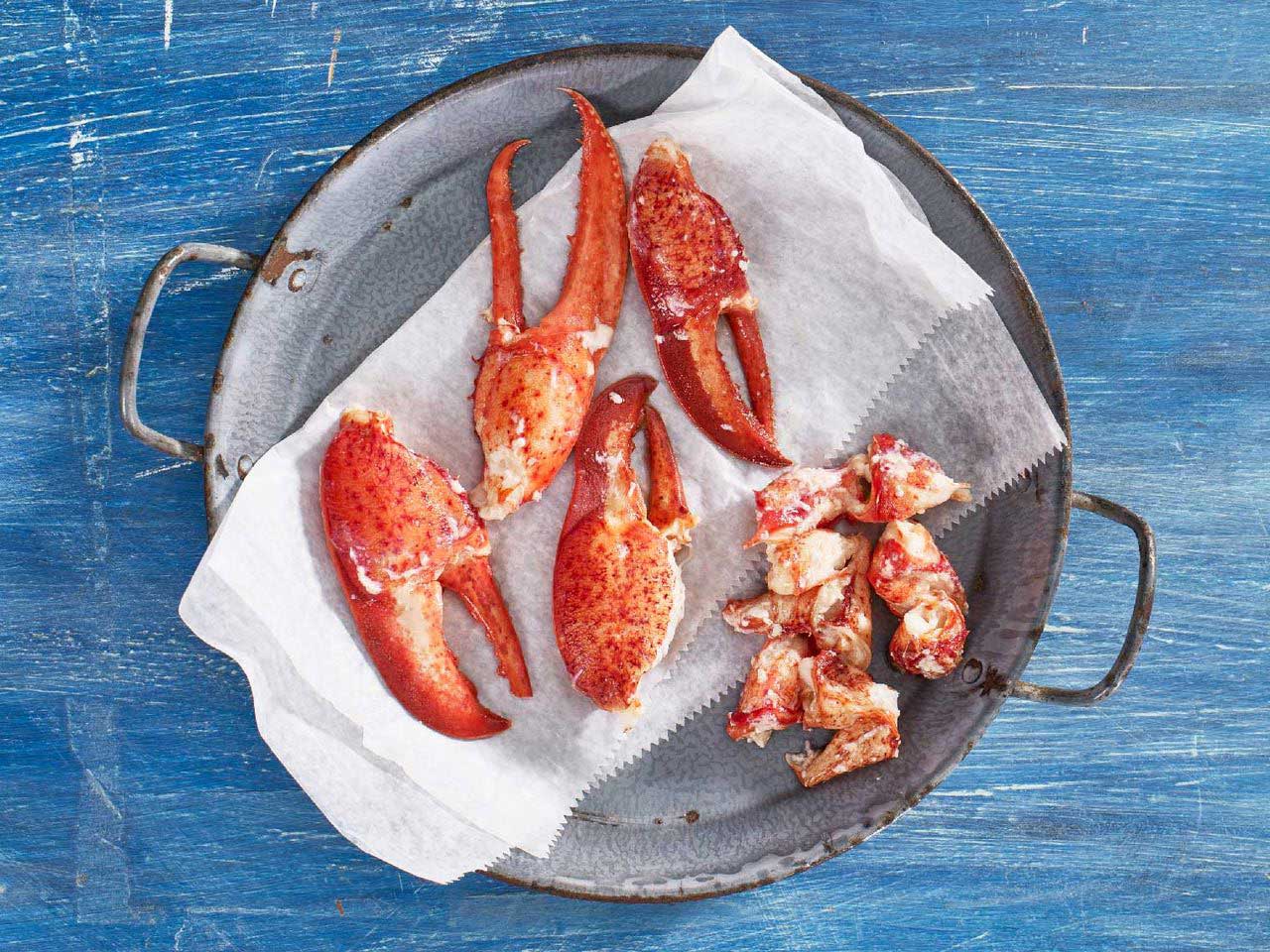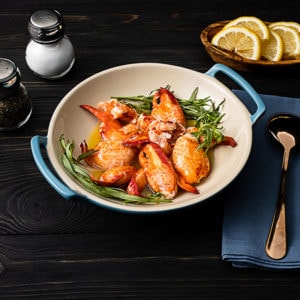As a seafood lover and avid home cook, I’m always seeking new ways to prepare succulent lobster claw meat. With its sweet, briny flavor and tender texture, lobster is one of the most decadent and delicious ingredients to work with. However, cooking lobster claw meat correctly can be tricky. It’s easy to end up with tough, rubbery meat if you don’t follow a few simple tips.
In this article, I’ll walk you through my tried and true techniques for cooking tender, flaky lobster claw meat every time Whether you’re planning an impressive dinner party spread or just want to treat yourself to a restaurant-quality seafood dish at home, this guide has everything you need to unlock the secret to lobster claw meat success
Step 1: Start with High-Quality Lobster Claws
The foundation of any stellar lobster dish is, of course, the quality of the lobster itself. Whenever possible, try to purchase whole live lobsters and extract the claw meat yourself. This guarantees the freshest, most flavorful meat. If that’s not an option, be selective when buying pre-cracked claws. Here are a few tips:
-
Look for claws labeled as “fresh” – never frozen. Frozen claws tend to lose moisture during thawing.
-
Opt for claws packaged in clear containers so you can inspect the meat. It should look moist and translucent, not dry or opaque.
-
Give the container a sniff Fresh lobster has a pleasantly briny, ocean-like scent. Avoid any with an ammonia-like odor.
-
Feel the weight of the claws in your hand. Heavy claws mean more meat!
-
Ask your fishmonger when the claws were cracked. Within 24 hours is ideal.
Step 2: Proper Storage is Key
Once you’ve selected the best quality lobster claws, proper storage is critical to maintain freshness. Here are my top storage tips:
-
Keep claws chilled at all times, between 36-40°F
-
If the claws were frozen when purchased, thaw overnight in the refrigerator. Never thaw at room temperature.
-
Place claws in a container on the bottom shelf of the fridge, where temps are coldest.
-
Cook the meat within 1-2 days of purchase for peak freshness. The longer it’s stored, the more the delicate texture suffers.
-
For longer storage, cook the meat then freeze it vacuum sealed for up to 3 months.
Step 3: Prepare the Lobster Claw Meat
Before you begin cooking, you’ll need to properly prepare the lobster claw meat:
- Carefully remove all shell fragments, cartilage, and membranes.
- Give the meat a quick rinse under cold water and gently pat dry with paper towels.
- For extra flavor, you can marinate the meat for 30 mins to an hour in olive oil, lemon, garlic, herbs and seasonings.
Step 4: Choose Your Cooking Method
The cooking method you choose will impact the flavor and texture of the finished lobster meat. Here are some top cooking techniques:
Option 1: Steaming
Steaming gently cooks the meat while retaining maximum moisture, tenderness and true lobster flavor.
- Add 1 inch of water to a pot fitted with a steamer basket and bring to a boil.
- Place lobster meat in basket, cover, and steam 8-12 minutes until opaque.
Option 2: Grilling
Grilling lends a lovely char and subtle smoky essence.
- Toss meat in oil and seasonings.
- Grill on medium-high 4-6 mins per side until lightly charred.
Option 3: Pan Searing
This method gives a crispy exterior while keeping the interior succulent.
- Heat oil in pan on high heat.
- Add meat and cook 2-3 mins per side until browned.
Option 4: Poaching
Poaching cooks the meat gently in hot liquid like butter or broth.
- Simmer lobster in poaching liquid 7-10 mins until opaque.
Step 5: Add Lobster to Recipes
Once cooked, get creative with how to use lobster claw meat in recipes:
- Toss with pasta or creamy risotto
- Make lobster rolls or tacos
- Add to fresh salads
- Mix into seafood bisque or chowder
- Fill omelets or frittatas
- Top pizza or flatbread
- Fill ravioli or dumplings
FAQs About Cooking Lobster Claw Meat
Can you cook the lobster claws whole?
Yes, you can steam or boil whole lobster claws 5-8 minutes until the meat is cooked through. Then crack the shells with lobster crackers to remove the meat.
What is the minimum safe internal temperature for lobster?
Cook lobster meat to an internal temperature of at least 140°F to eliminate bacteria and pathogens. Use a food thermometer to check.
How long does cooked lobster last in the fridge?
Cooked lobster meat will keep 3-4 days tightly wrapped in the fridge. For longer storage, freeze for 2-3 months.
Can you refreeze previously frozen lobster?
It’s not recommended to refreeze thawed lobster meat, as the texture becomes mushy. Cook frozen claws straight from the freezer.
How do you know when lobster is bad?
Signs of spoiled lobster include graying meat, milky oozing liquid, sour or ammonia odors, or a sticky texture. When in doubt, throw it out!
What herbs and spices pair well with lobster?
Tarragon, parsley, chives, lemon, garlic, shallots, paprika, cayenne, mustard, and white pepper all complement lobster’s sweetness.

Our Favorite Recipe for Cold Cracked Lobster
This easy butter-poached lobster recipe is sure to make your mouth water.

- 1 package ButcherBox Cold Cracked Lobster
- 1 sprig tarragon, 5 small ones or a big one
- ½ cup ghee or butter, salted
- Outline the thawed lobster on a few pieces of paper towels. Get more paper towels and gently press down on the lobster to dry it and get rid of any extra juices.
- On medium-low heat, melt the ghee or butter in a small sauce pot. Once melted add tarragon.
- Let the tarragon steep for 3-4 minutes. Make sure the butter never boils.
- In two rounds, place dried lobster into poaching butter. Poach for 5-7 minutes until opaque.
- Once all the lobster is cooked, rough chop it and toss it with tarragon butter, lemon juice, and lemon zest. Put it on a brioche roll, salad, or pasta and serve.
- If you don’t like tarragon, just leave it out for a more traditional taste.
- A few threads of saffron added to the poaching butter will give it a more Mediterranean taste.
- If your ghee or butter isn’t salted, add 1 teaspoon of kosher salt.
